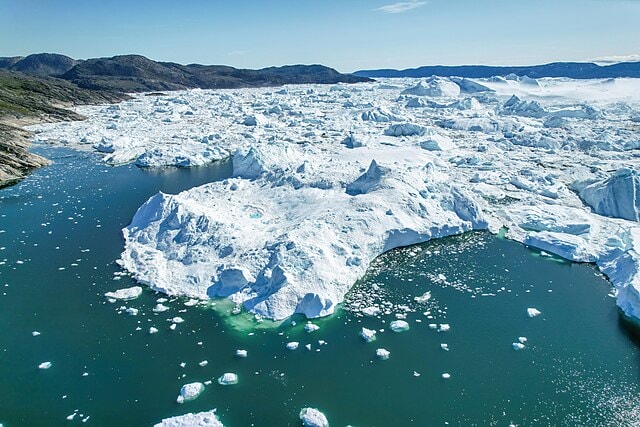According to a new report from Ember Climate, wind and solar energy generated 30% of the European Union’s (EU) electricity in the first half of 2024. Fossil fuels, on the other hand, accounted for around 27% of electricity generation in the same period.
This revolutionary shift can be attributed to increased wind and solar installations across the EU, along with favorable weather conditions and increased efficiency in renewable energy technologies. This growth comes as a direct result of the EU’s ambitious climate policies, namely the European Green Deal, which aims to make the EU climate-neutral by 2050.
The Decline of Fossil Fuels
With renewable energy on the rise, fossil fuel consumption has seen a significant decline as the Ember Climate report shows. Fossil fuels generated 17% less electricity in the first six months of 2024 than in the same period of 2023.
Among them, coal has experienced a steep drop to just 10% of the EU’s electricity mix, down from 15% just a few years ago.
Natural gas, which has traditionally been a major component of the EU’s energy mix, also saw a reduction in its share. High gas prices and the ongoing geopolitical tensions, particularly due to the Russia-Ukraine conflict, have made gas a less attractive option for power generation. The EU’s reliance on Russian gas has been a major concern, prompting a push for diversification and a rapid scale-up of renewables.
Implications for Climate and Energy Security
Renewables’ overtaking of fossil fuels in electricity generation has profound implications for the EU’s climate goals and energy security, serving as a crucial step towards the EU’s goals under the Paris Agreement. Importantly, relying on natural sources of energy also makes the region less vulnerable to external energy shocks.
However, this transition may not stay consistent from year to year. Wind and solar energy are variable renewable energy sources, meaning that they fluctuate between periods. The variability of wind and solar power requires the development of robust energy storage solutions and grid management systems to ensure a stable and reliable electricity supply.
Moreover, continued investment in renewable energy infrastructure and supportive policies will be essential to sustain this momentum and achieve further reductions in carbon emissions.
Related Articles: Wind Energy Surges to Record Heights | A Record Year for Solar Power in Europe: Is Our Renewable Energy Future Closer Than Expected? | Can Wind Turbines Be Greener? Startup Modvion Is Working on It | Powered by the Wind: First Cargo Ship With ‘WindWings’ Sets Sail | Solar Power From Space: How Would It Work?
A Global Leader in Energy Transition
The EU’s success in shifting its electricity generation towards renewables positions it as a global leader in the fight against climate change. This achievement sets a powerful example for other regions and countries that are working to reduce their carbon footprints and transition to cleaner energy sources.
As the world grapples with the urgent need to address climate change, the EU’s experience demonstrates that a rapid and large-scale transition to renewables is not only possible but also economically viable. The lessons learned from the EU’s journey can inform global efforts to accelerate the energy transition and build a sustainable future for all.
Editor’s Note: The opinions expressed here by the authors are their own, not those of Impakter.com — Cover Photo Credit: Brady Bellini.













